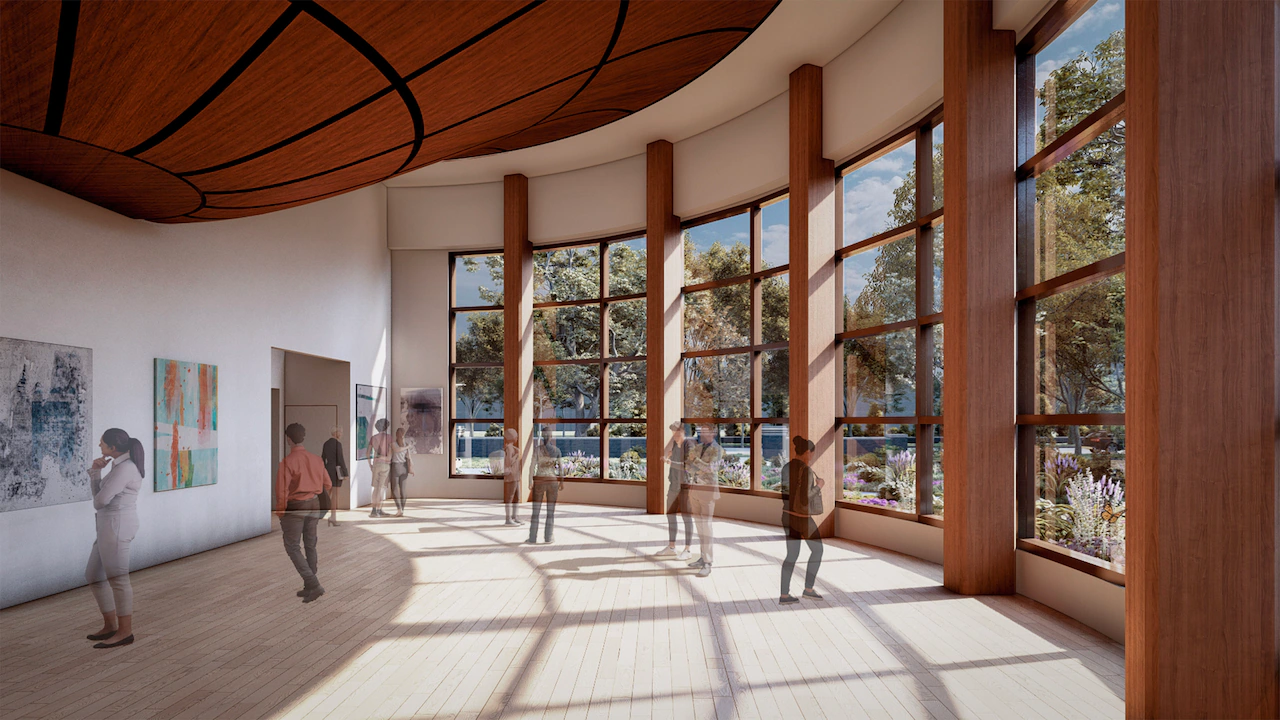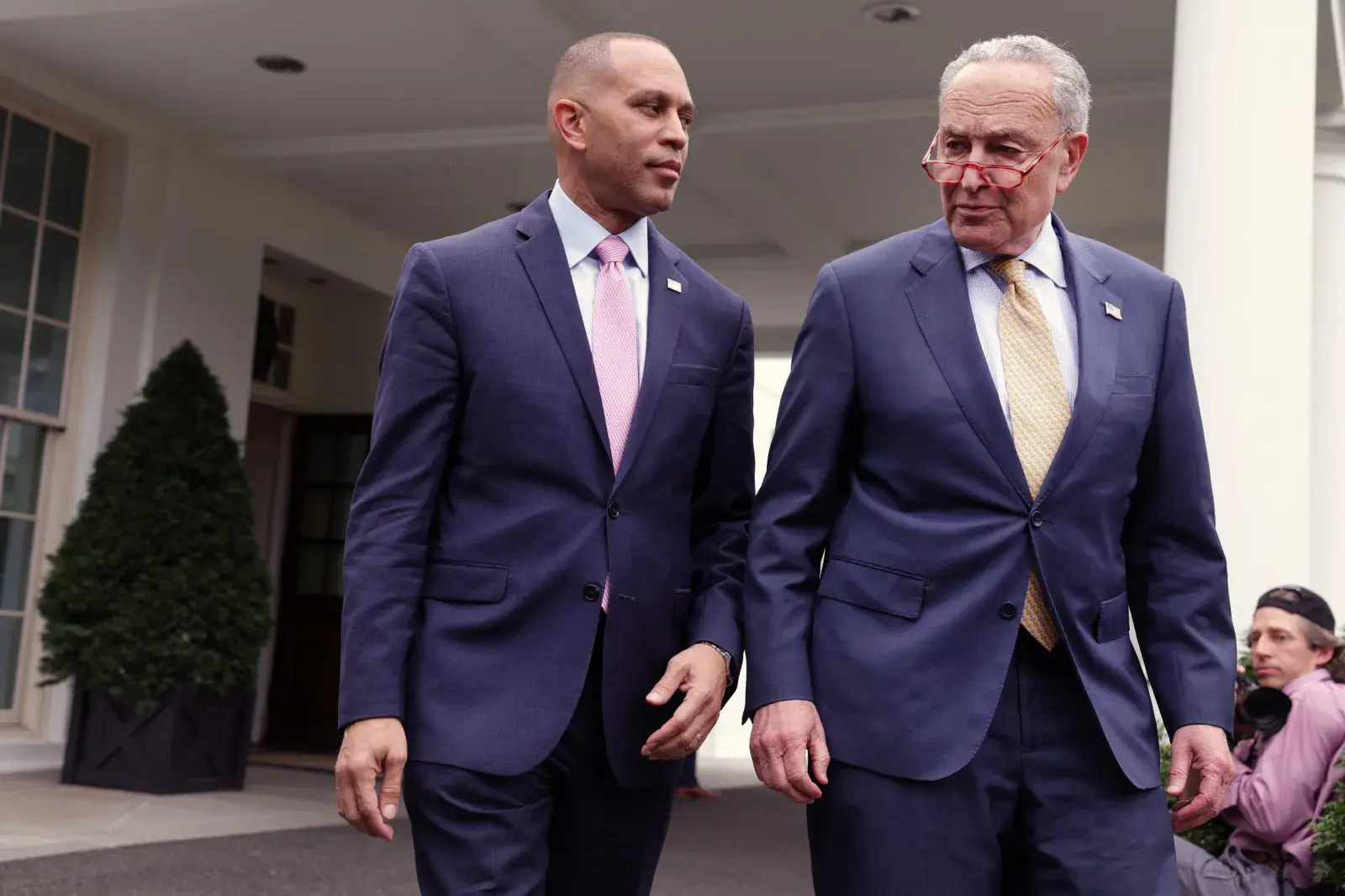Copyright Mechanicsburg Patriot News

In what it described as a “powerful act of healing and reclamation,” Dickinson College on Wednesday announced a $20 million gift to build the Jim Thorpe Center for the Futures of Native Peoples, several miles from the site of the former Carlisle Indian Industrial School. The school was the first federal boarding school founded with the intent to “kill the Indian… and save the man” through the forced assimilation of Indigenous children and young adults. “Just a few miles from the former grounds of a place that sought to erase our cultures and identities, the new space will stand as a testament to our strength and thriving presence,” said Amanda Cheromiah (KawaiKa-Laguna Pueblo), executive director of the Center for the Futures of Native Peoples and a descendant of six boarding school students. “By advancing the futures of Native Peoples through cultural revitalization, intergenerational knowledge-sharing and Indigenous-focused research, the center honors the past while shaping what is yet to come.” The new center was made possible through a gift from alumnus and philanthropist Samuel G. Rose. The site will include the Samuel G. Rose ’58 Art Gallery, which will showcase Indigenous art and culture and represent the largest arts investment in Dickinson’s history. The center is named after the legendary athlete and Olympic gold medalist Jim Thorpe (Wa-Tho-Huk), a member of the Sac and Fox and Potawatomi Nations, who attended the boarding school, where he became a three-time All-American in football. Thorpe was the first Indigenous person to win Olympic gold for the United States and went on to play Major League Baseball and football in the league that became the National Football League. “Thorpe’s life embodies resilience, reclamation and enduring excellence,” Dickinson said in a news release. “His story reflects the arc of Indigenous experience in Carlisle: from forced assimilation to the affirmation of identity and strength. More than an athletic icon, Thorpe committed himself and his resources to the advancement of Native Peoples.” The center will serve as a premier educational resource and a global destination for the study of Indigenous cultures. The new building will have space for classrooms, art exhibitions, and ceremonial gatherings. Between 1879 and 1918, some 7,800 Native American students were housed at the Carlisle Indian Industrial School — a part of the federally ordered forced cultural assimilation of Native youth. In recent years, the federal government has sought to make right the decades of wrongs inflicted on Native Americans, assisting in the repatriation of the remains of dozens of young people who died while at the Carlisle school. Young people from 200 tribal communities attended the school during those decades. In September, the Office of Army Cemeteries began the somber work of trying to repatriate 19 Native Americans to their home tribes and closest descendants in what is the largest group to be moved to date. Native Americans describe the disinterments as a larger effort to heal from the dislocation, trauma and cultural cleansing the boarding schools have come to represent. An extensive historical review by the Washington Post this year found 3,104 students died in the several hundred Indian boarding schools between 1828 and 1970 — three times the commonly cited federal figure for the schools. Last year, the U.S. government designated a national monument at the site of the Carlisle school. At one time, Dickinson College collaborated with and supported the mission of the boarding school. In recent years, the college has confronted this legacy, and has become a hub for the study of boarding schools. The college hosted the first Carlisle Indian Industrial School conference and developed the Carlisle Indian School Digital Resource Center, the world’s most comprehensive digital archive of materials on the boarding school. The design team for the center is led by Richard Olaya, principal and co-founder of O Z Collaborative, and Johnpaul Jones, a design architect, who is of Choctaw, Cherokee and Welsh-American descent. The design is rooted in modern Indigenous design concepts, philosophies and motifs, bringing forward symbols and elements of the Four Worlds Gifts — the natural, animal, spiritual and human worlds, according to the press release “They are important to all Indigenous peoples,” Jones said in the press release. “They also help connect the points of view of Indigenous and non-Indigenous peoples.” Dickinson will hold a ground-blessing ceremony on Nov. 8 at the center’s future site with members of the Thorpe family, among more than 100 guests. Construction is slated to begin in the summer of 2026. The new center will be located along High Street between the Weiss Center for the Arts and the John M. Paz Alumni & Family Center.



